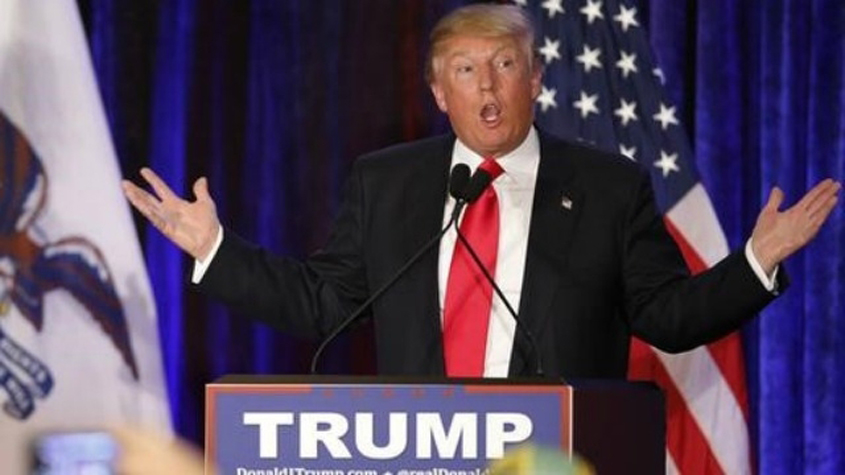But a mid-way can surely be found for two significant reasons, feel many experts. One is that there exists a significant skill gap in the US, which may thin down the “America First” rhetoric. And the second is the acknowledgement that “Indian IT companies have made substantial value contribution to the US economy by creating jobs (and hiring locally), by paying taxes and by making American corporates more competitive”, says Shivendra Singh, Vice President, Global Trade Development, Nasscom. The Indian technology industry supports over four lakh direct and indirect jobs in the US (with the majority of these going to American nationals) and pays about $5 billion of taxes every year. Most importantly, Indian IT companies work with around 80% of Fortune 500 companies (many of them American) to make them more competitive by providing innovative solutions, says Singh, quantifying the contribution being made by Indian IT companies to the US economy. Plus the deep engagement of Indian technology industry in various corporate social responsibility endeavours, especially in promoting higher education, is well noticed in the US.
Moreover, the US Labor Department, in its December 2015 report, talks about the significant skill gap, which is expected to accentuate further to result in a shortfall of about 445,000 computer professionals by 2022. This means that many job openings related to the high technology sector cannot be filled by Americans alone and therefore to bridge this skill gap, the US administration has been taking a calibrated approach to bring in the required talent from abroad through H1B visa route. “We expect that the new dispensation would continue with this approach for the benefit of US economy” hopes Nasscom. Experts also feel that since most of the Indian companies work for Fortune 500 companies, there would be a significant lobbying by these blue-eyed companies to thin down restrictiond on Indian IT companies.
But what if President Trump’s “nationalism” does not meet the expectations of Indian technology companies? “Then it could be a real pain for Indian companies,” says an industry expert “which may force many Indian IT companies to re-think their business models.” Indian IT companies are already facing a huge pressure on their margins in the recent quarters and “such administrative (visa) hurdles would certainly hurt their profit margin further,” says Rathi. Moreover, there has been a significant rise in sub-contracting expenses of Indian companies because Indian IT companies (lately) have significantly lagged behind in innovating new-age digital technologies (like SMAC) which forces them to sub-let such contracts to others in US, thus adding to their cost structure.

